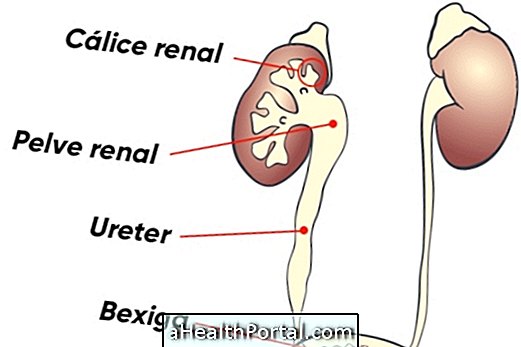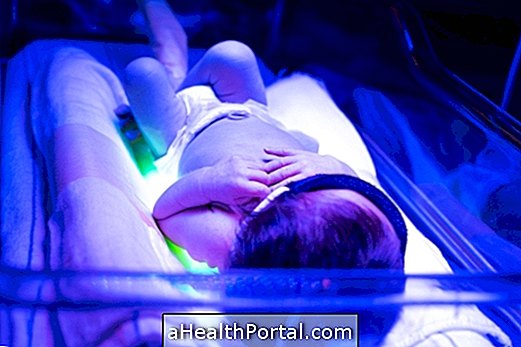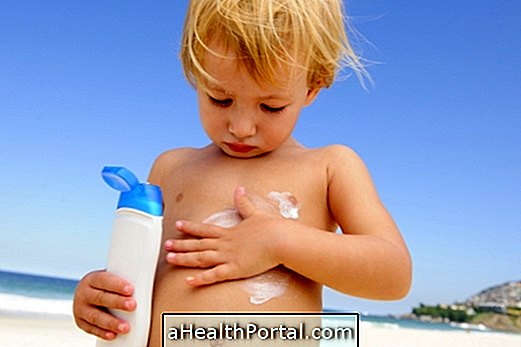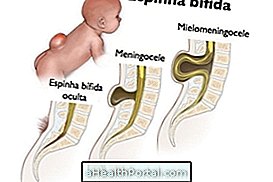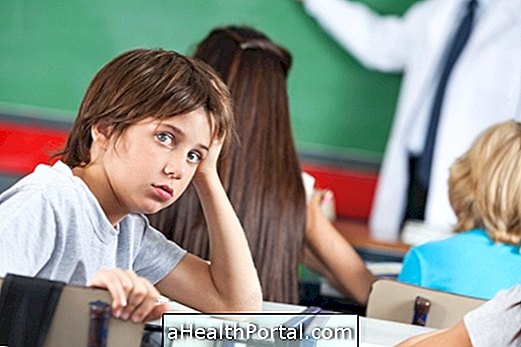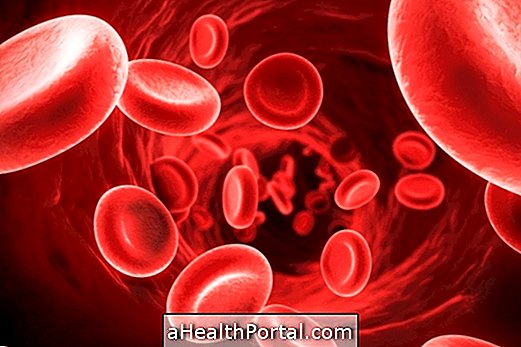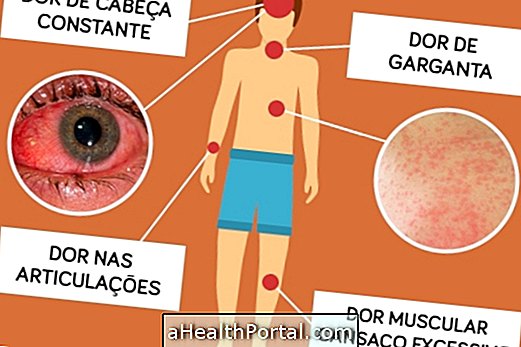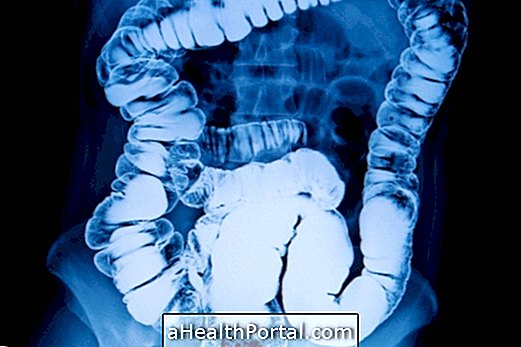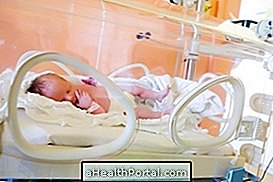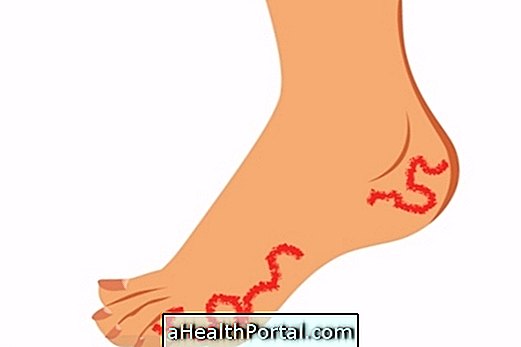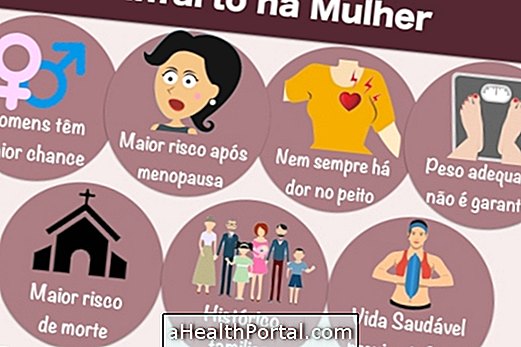Childhood meningitis has symptoms similar to those in adults, and the main ones are high fever, vomiting and severe headache. In babies, one must be alert to signs such as constant crying, irritability, drowsiness and, in the younger days, swelling in the region of the mill.
These symptoms come on suddenly and are often confused with flu symptoms or intestinal infections, so whenever they appear, it is recommended to take the baby or child to the doctor soon to assess the cause of the problem, as meningitis can leave sequels such as hearing loss, vision loss and mental problems. See what are the sequelae of meningitis.
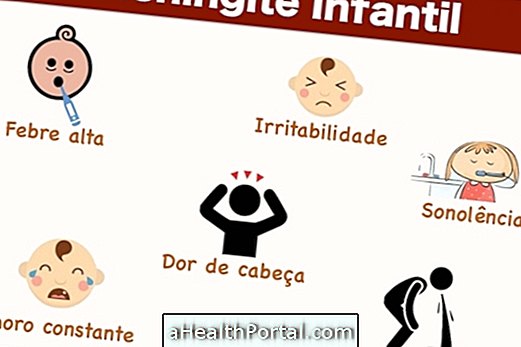
Symptoms in the baby
In infants under 2 years of age, in addition to high fever, important signs and symptoms include constant crying, irritability, drowsiness, moodiness, lack of appetite and stiffness in the body and neck.
In cases of infants less than 1 year of age and with the molle still soft, the top of the head may become swollen, making it appear that the baby has a bump due to some blow.
Most often, meningitis has a viral cause, however, it can also be caused by bacteria, such as meningococcal. Bacterial meningitis is one of the most serious diseases in infants and children, which can lead to skin blemishes, seizures and even paralysis, and can be passed on to the baby at birth. Learn what to do to protect yourself and prevent the transmission of bacterial meningitis.
Symptoms in children over 2 years
In children over 2 years old, the symptoms are usually:
- High and sudden fever;
- Strong, uncontrolled headache with conventional medication;
- Nausea and vomiting;
- Pain and difficulty in moving the neck;
- Difficulty concentrating;
- Mental confusion;
- Sensitivity to light and noise;
- Drowsiness and tiredness;
- Lack of appetite and thirst.
In addition, when meningitis is of the meningococcal type, red spots or rocks on the skin of varying sizes may also appear. This is the most serious type of the disease, see more details about the symptoms and treatment of meningococcal meningitis.
When to go to the doctor
As soon as the symptoms of fever, sickness, vomiting and headache appear too strong, one should immediately seek the doctor to do tests and check the cause of the problem.
It is common for a child to be hospitalized for medication during treatment and, in some cases, parents also need to take medication to prevent contamination with the disease. See how treatment is done for each type of meningitis.
